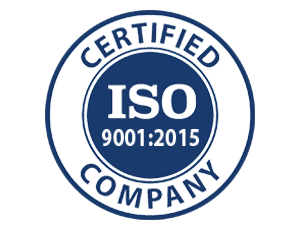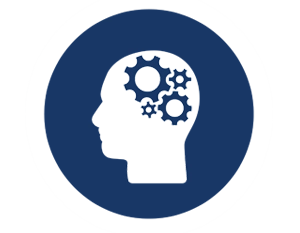Liquid Molding Monthly
Best Polymer Manufacturing Techniques Compared for Optimal Efficiency
The polymer manufacturing industry is at a pivotal crossroads, with projections indicating the market could reach approximately $1 trillion by 2025, driven by advancements in technology and sustainability practices. As global demand for innovative materials rises, manufacturers are increasingly seeking optimal efficiency in their production techniques. Reports suggest that techniques such as additive manufacturing, injection molding, and extrusion are becoming critical in the quest for performance and cost-effectiveness. Furthermore, the shift towards biopolymers and recycling processes highlights an essential evolution, catering to both environmental considerations and consumer demands. In this blog, we will explore the best polymer manufacturing techniques currently available, analyzing their efficiencies and future potential within the rapidly evolving landscape of the industry.
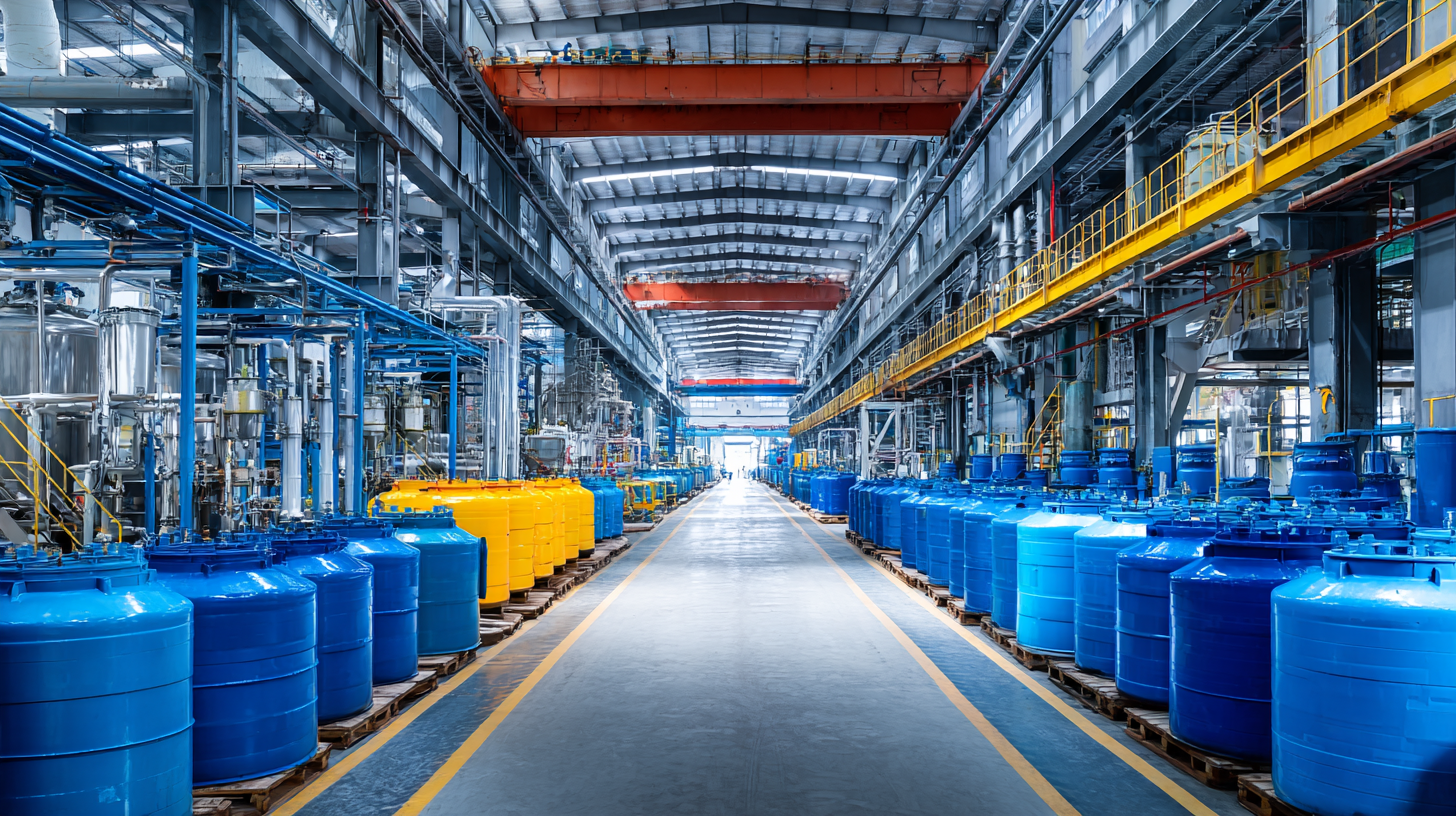
The Evolution of Polymer Manufacturing Techniques: A Historical Perspective
The evolution of polymer manufacturing techniques has undergone significant transformations throughout history, adapting to the advancing demands of various industries. From the early days of synthetic rubber to modern advancements in additive manufacturing and composite materials, each phase has contributed to the optimization of polymer functionalities. Today, we see the integration of next-generation textiles, leveraging advanced polymers to enhance sustainability in the textile industry. These developments not only improve performance but also address environmental concerns—hallmarks of contemporary manufacturing.
Tips: When exploring new manufacturing techniques, consider the sustainability of the materials involved. Implementing practices that reduce waste and energy consumption not only benefits the environment but can also lead to long-term cost savings in production.
Moreover, innovations like 4D printing, which allows for the creation of shape-changing materials, highlight the vast possibilities within polymer applications. This technology supports the development of responsive products across various sectors, including textiles and pharmaceuticals, reflecting a trend towards bespoke solutions tailored to user needs.
Tips: Stay informed about emerging technologies that can transform your manufacturing processes. Engaging in continuous learning and adaptation ensures that your production methods remain competitive and efficient.
Best Polymer Manufacturing Techniques Compared for Optimal Efficiency
This chart compares various polymer manufacturing techniques based on their efficiency ratings. Among the techniques analyzed, Injection Molding stands out with the highest efficiency rating, while 3D Printing shows the lowest in this comparison.
Comparative Analysis of Extrusion vs. Injection Molding: Efficiency Metrics
When evaluating polymer manufacturing techniques, two of the most prominent methods are extrusion and injection molding. Both processes come with their own efficiency metrics, significantly impacting production timelines and resource allocation. According to a recent report from Plastics Technology, extrusion processes can achieve production rates of up to 400 pounds per hour for certain materials, making it highly suitable for continuous production applications. This high output results in lower per-unit costs, especially when producing large quantities of standardized parts.
In contrast, injection molding is renowned for its precision and ability to produce complex geometries with excellent surface finishes. The American Society of Plastics Engineers indicates that while the cycle time for injection molding averages around 30 seconds to 2 minutes per part, it allows for superior repeatability and reduced material waste, estimated at around 2% to 5% compared to the higher waste potential in extrusion processes. Furthermore, advancements in machine technology have increased energy efficiency in injection molding, leading to overall operational cost reductions of up to 20% over the last five years. As manufacturers strive for optimal efficiency, understanding these metrics becomes essential in selecting the right technique for specific applications.
Impact of 3D Printing Innovations on Polymer Manufacturing Processes
The impact of 3D printing innovations on polymer manufacturing processes is unprecedented, fundamentally transforming traditional production paradigms. Recent advancements in Additive Manufacturing (AM) highlight significant efficiency gains and cost reductions. A systematic review reveals that multi-material additive manufacturing is driving innovations in cellular metamaterials, enabling the creation of complex structures that were previously unattainable. Studies suggest that implementing these techniques can facilitate the use of sustainable materials, with upcycled plastic and biomass waste enabling new sustainable polymer blends.
Furthermore, the Naval Undersea Warfare Center Division (Keyport) exemplifies the successful application of 3D printing in reducing production costs while enhancing repair capabilities. By leveraging advanced polymer composites in civil infrastructure, 3D printing not only streamlines manufacturing processes but also contributes to sustainable development goals across industries. Emerging trends indicate that the integration of 3D printed nanocomposite polymers can address pressing environmental challenges, showcasing the versatility and adaptability of AM technologies in meeting modern-day demands.
Sustainable Practices in Polymer Production: Data-Driven Approaches
In the quest for sustainable polymer production, data-driven approaches are essential. By leveraging advanced analytics and machine learning, manufacturers can optimize their processes to minimize waste and energy consumption. This not only enhances efficiency but also significantly reduces carbon footprints, making polymer production more environmentally friendly. Implementing real-time monitoring systems allows for the immediate detection of inefficiencies, providing opportunities for corrective actions before significant resources are wasted.
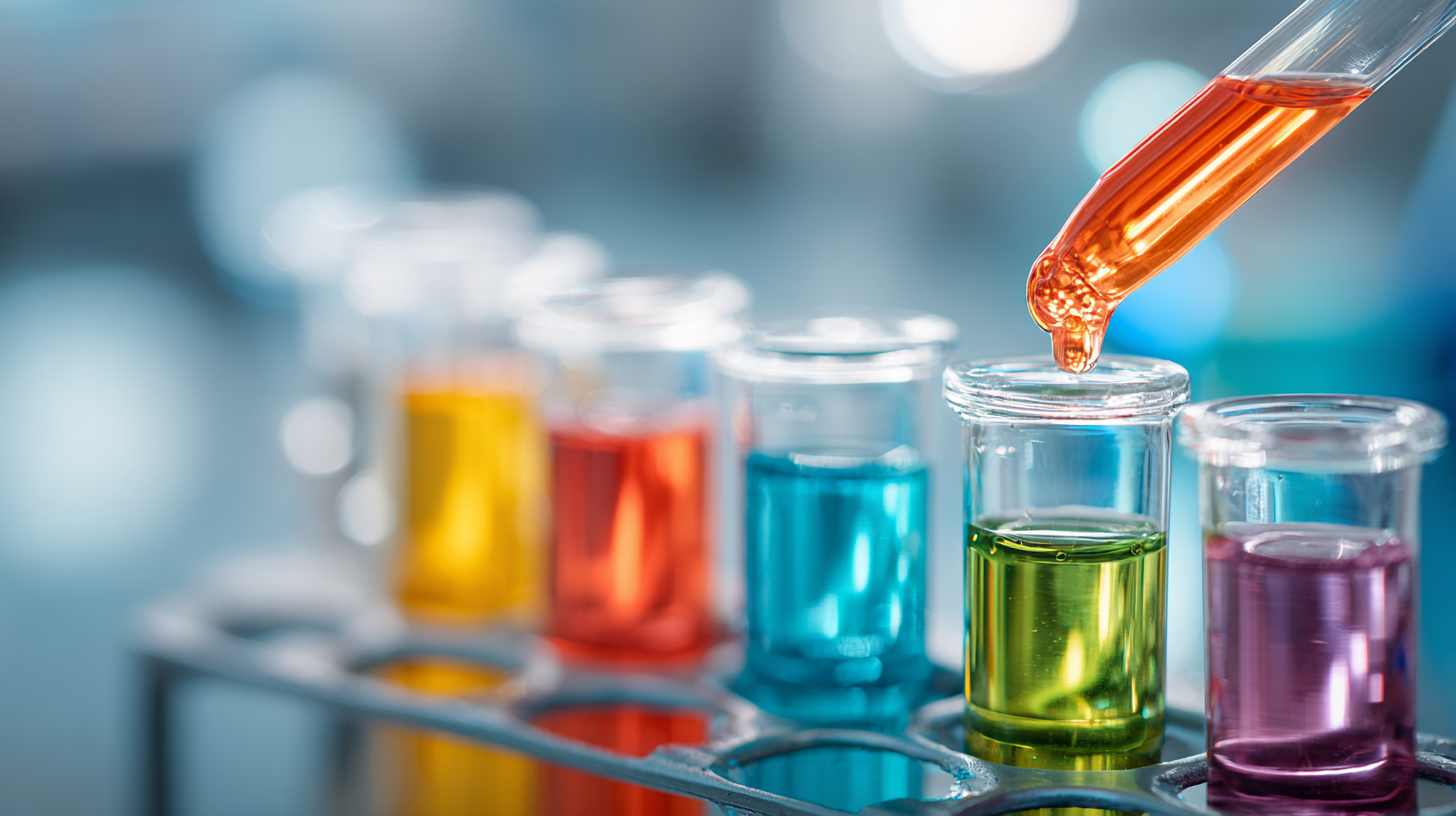 Tips for sustainable polymer production include investing in renewable energy sources to power manufacturing facilities. Utilizing solar panels or wind turbines can drastically cut down on fossil fuel reliance. Additionally, embracing circular economy principles—such as recycling and upcycling materials—can greatly extend the lifecycle of polymers, reducing the need for new raw materials and thus conserving natural resources.
Tips for sustainable polymer production include investing in renewable energy sources to power manufacturing facilities. Utilizing solar panels or wind turbines can drastically cut down on fossil fuel reliance. Additionally, embracing circular economy principles—such as recycling and upcycling materials—can greatly extend the lifecycle of polymers, reducing the need for new raw materials and thus conserving natural resources.
Integrating data analytics with sustainable practices allows for continuous improvement in production processes. Manufacturers should regularly review their data to identify trends and areas for enhancement. This proactive approach not only leads to cost savings but also positions companies as leaders in sustainability within the polymer industry.
Emerging Trends in Polymer Manufacturing: Adapting to Industry 4.0 Challenges
As the polymer manufacturing sector evolves, adapting to the challenges posed by Industry 4.0 is becoming increasingly critical. Emerging technologies such as IoT, big data analytics, and artificial intelligence are not just buzzwords; they represent a paradigm shift in how polymers are produced. According to a report by MarketsandMarkets, the global market for industrial IoT in manufacturing is expected to reach $100 billion by 2025, highlighting the immense potential of integrating smart technologies into production processes. This shift not only enhances operational efficiency but also significantly reduces waste, echoing the industry's commitment to sustainability.
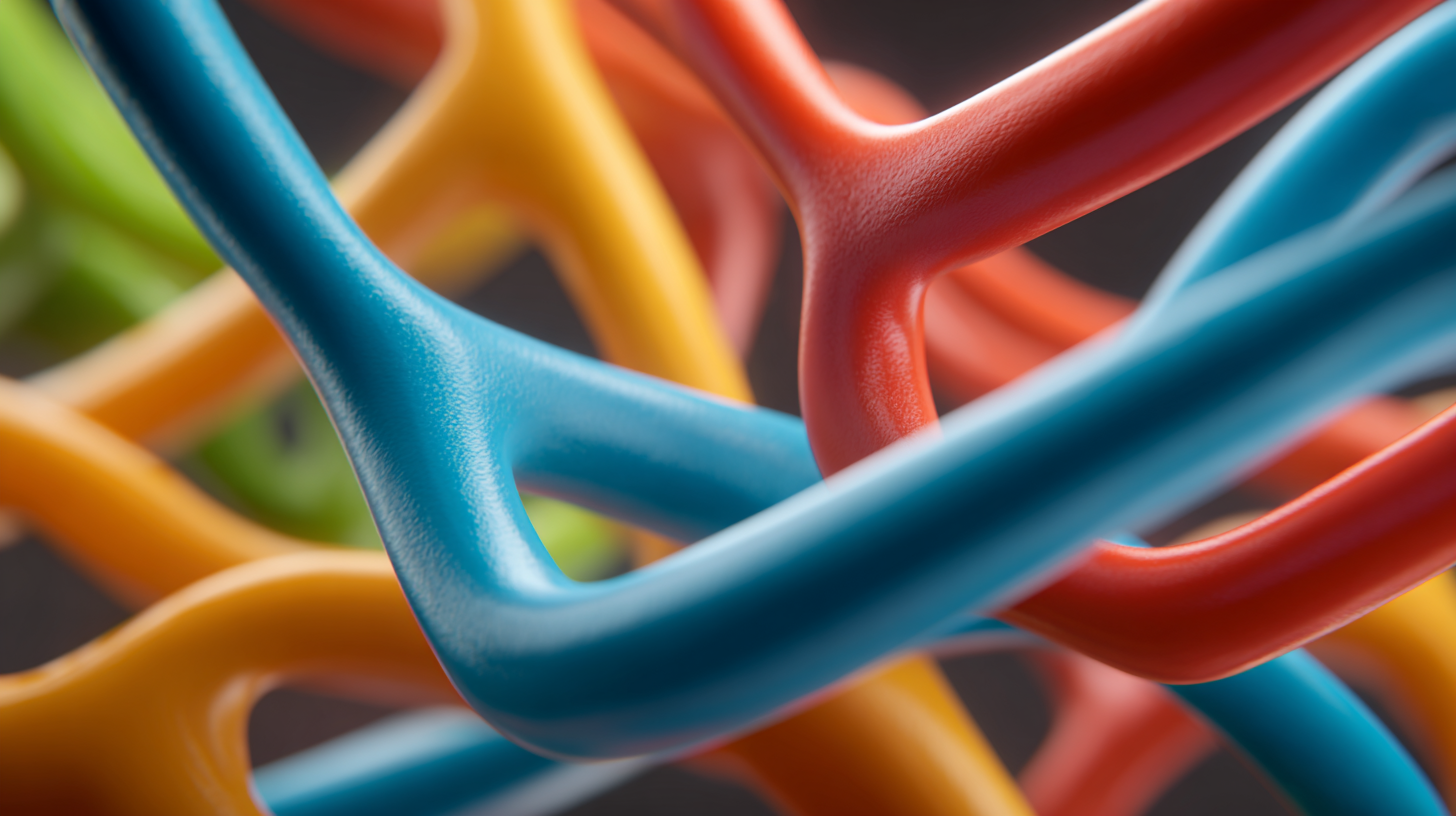
Moreover, the incorporation of advanced manufacturing techniques such as additive manufacturing and automation is reshaping the landscape of polymer production. For example, a study by Deloitte indicates that 3D printing could reduce material costs by up to 70% and lead times by up to 90%, allowing manufacturers to respond more swiftly to changing market demands. By harnessing these innovations, companies can streamline their workflows, enhance product quality, and maintain a competitive edge in an increasingly complex market. As polymer manufacturers embrace Industry 4.0, the focus will be on fostering a more resilient, sustainable, and adaptable production environment.


100% Mercury Free
All of Hapco's formulations are completely free of Mercury.

50 Year Track Record
Hapco has been in business for over 50 years!
*NOTICE* Hapco will be will be closed on Monday, May 26th, in observance of Memorial Day. |
Privacy Overview
| Cookie | Duration | Description |
|---|---|---|
| cookielawinfo-checkbox-analytics | 11 months | This cookie is set by GDPR Cookie Consent plugin. The cookie is used to store the user consent for the cookies in the category "Analytics". |
| cookielawinfo-checkbox-functional | 11 months | The cookie is set by GDPR cookie consent to record the user consent for the cookies in the category "Functional". |
| cookielawinfo-checkbox-necessary | 11 months | This cookie is set by GDPR Cookie Consent plugin. The cookies is used to store the user consent for the cookies in the category "Necessary". |
| cookielawinfo-checkbox-others | 11 months | This cookie is set by GDPR Cookie Consent plugin. The cookie is used to store the user consent for the cookies in the category "Other. |
| cookielawinfo-checkbox-performance | 11 months | This cookie is set by GDPR Cookie Consent plugin. The cookie is used to store the user consent for the cookies in the category "Performance". |
| viewed_cookie_policy | 11 months | The cookie is set by the GDPR Cookie Consent plugin and is used to store whether or not user has consented to the use of cookies. It does not store any personal data. |

